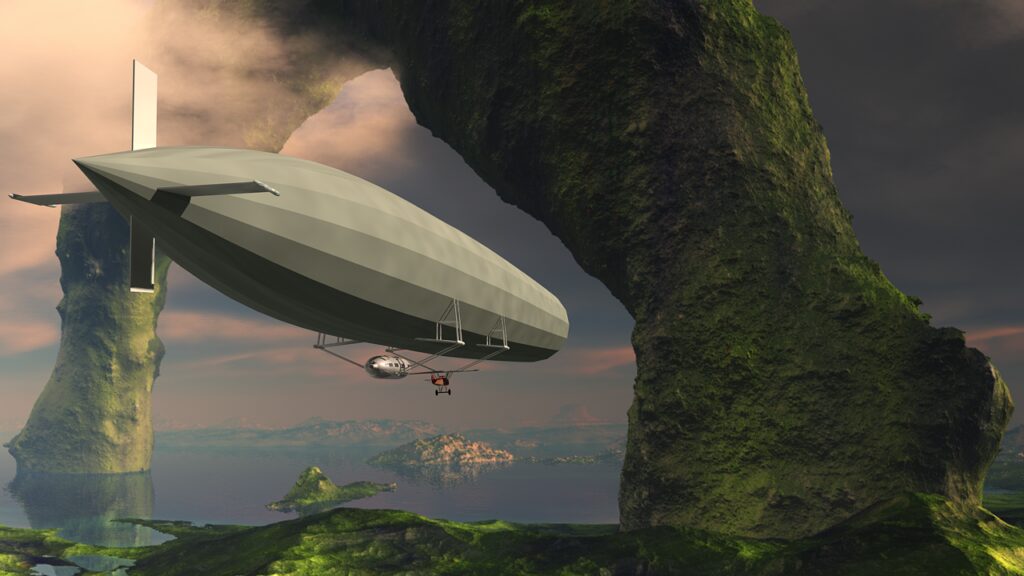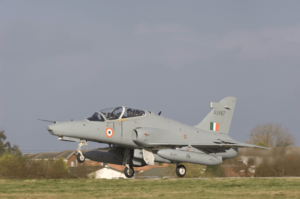Aircraft – Remember waving at an airplane flying over you, back in your childhood and wondered what were those flying machines? Well, with time the aircraft has revolutionized the world. Let’s explore it together!

Aircraft are vehicles that are able to fly and are kept in the air with the help of forces generated by air. Some examples of aircraft are airplanes, kites, hot air balloons, helicopters, and jets. It has made our lives easier, faster, and more convenient. It has become a very important part of our lives today because we use it for transportation, communication, and various other purposes. We can now travel from one place to another without any difficulties. It can be classified into several categories according to various criteria like size, geometry, speed, type of lift generated, usage, and others.
Classification of aircraft

Aircraft can primarily be classified into two types :
- Lighter Than Air
Aircraft such as Airships and Balloons are classified as lighter than air. In order to fly it works on the physics of the Archimedes Principle. The principle states that ‘When an object is immersed in a fluid, an upward force is exerted on the object which is equal to the weight of the fluid displaced by the Object. Lighter than air aircraft operates in the same way, they displace the air, and therefore, an upward force is generated which is equal to the weight of displaced air. If the upward force is more than the weight, the object will rise, if equal it will float, and if less it will fall.

- Heavier Than Air
Aircraft such as airplanes, helicopters, and others are classified as heavier than air. Most of them operate on modern propulsion systems. Gliders and kites are the only exceptions that do not require any engine to fly. Heavier than air aircraft can be classified into many sub-types and requires different propulsion system in order to fly, such as airplanes need fixed wings for generating lift and helicopters to produce lift from rotary wings.

How do aircraft fly?
To understand the flying mechanism of aircraft first, we need to learn about the forces acting on it. The four fundamental forces are :
Lift – The upward force acting on the aircraft is known as lift.
Drag – The backward force acting on the aircraft is known as drag.
Weight – The downward or the gravitational force acting on the aircraft.
Thrust- The forward force acting on the aircraft.

Aircraft wings are responsible for generating lift by creating a pressure difference. The shape of a wing as seen in cross-section is called an aerofoil, when the air flows over it, low pressure is generated on the top of the wing because of high speed, and high-pressure is generated on the bottom of it because of low speed, thus creating a pressure difference and generating lift.
When the lift generated is more than the weight of the aircraft, it will move up in the sky away from the ground and when the forward force of thrust is more than the drag, it will move forward in motion. Thrust force is generally produced by the engine of the aircraft. So, the wings and the engines are responsible for flying it in the sky above oceans and lands.
Usage of Aircraft
Military
Civil
Commercial
Private
Experimental / Scientific
Model
* The information provided herein is, to the best of our knowledge and is only for informative purpose. If you have a news update or correction, let us know at -info@garudauniverse.com




